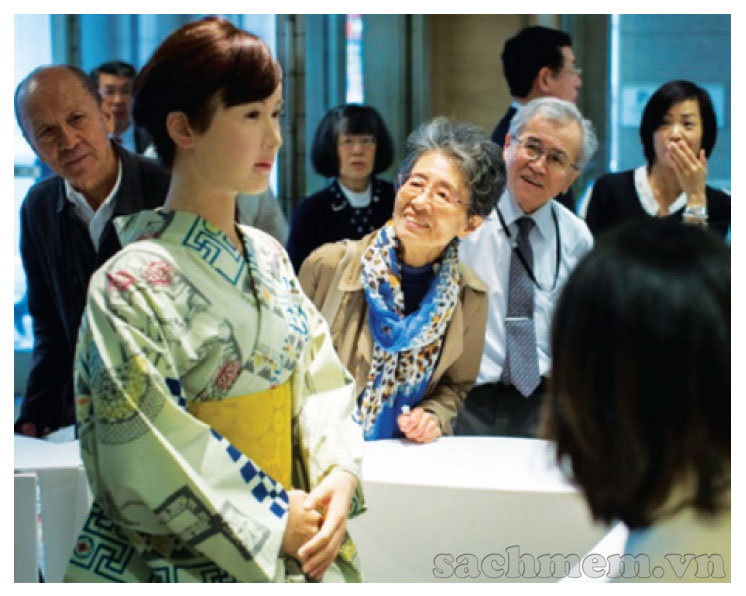.png)
► Kênh hỏi đáp và giải thích thắc mắc kiến thức MIỄN PHÍ → truy cập LINK NHÓM: ENGLISH AMOM
► Kênh YOUTUBE hệ thống toàn bộ bài giảng CLIPS: truy cập LINK: ENGLISH AMOM CHANNEL
► Kênh TIKTOK: ENGLISH AMOM
READING
1. Read the text about IUCN Red List.
IUCN Red List
The International Union for Conservation of Nature (IUCN) Red List is a comprehensive catalog of the conservation status of species. Information is collected from all over the world and carefully analyzed. Many factors are taken into consideration, such as the remaining numbers, the overall increase or decrease in the population, breeding success rates, and known threats. The IUCN Red List then classifies species into seven categories: Extinct (EX), Extinct in the wild (EW), Critically Endangered (CR), Endangered (EN), Vulnerable (VU), Near-threatened (NT), or Least Concern (LC).
After Extinct and Extinct in the wild, the highest risk category assigned by the IUCN Red List is Critically Endangered. A Critically Endangered species is a species that is facing a very high risk of extinction in the wild. Endangered is the next most severe conservation status for wildlife. A Vulnerable species is one that is likely to become endangered if the circumstances threatening its survival and reproduction do not improve. The main reason for its vulnerability is habitat loss or destruction. The species labelled Near Threatened and Least Concern, have had their conservation status assessed and found to be relatively safe and healthy, though they may be in decline.
The number of extinct and endangered species is increasing every year. It is estimated that over 40 per cent of the species on Earth are at risk of extinction. The IUCN Red List featured 3079 animal and 2655 plant species as endangered worldwide in 2012, and 1102 and 1197 respectively in 1998. Many countries in the world now have laws to conserve wild species and protect endangered and threatened species. However, much more has to be done to successfully safeguard the biodiversity of our planet.
2) Read the text again and decide whether the following statements are true (T), false (F), or not given (NG). Tick the correct box.
| T | F | NG | ||
| 1 | The IUCN Red List evaluates the extinction risk of thousands of species. | |||
| 2 | Factors taken into consideration are only the remaining number, breeding success rates, and known threats. | |||
| 3 | NG. The IUCN Red List suggests measures to conserve endangered species. | |||
| 4 | Endangered species are the ones at the most serious risk of extinction. | |||
| 5 | Though they may be in decline, Near Threatened and Least Concern species are quite safe and healthy. | |||
| 6 | The IUCN Red List requires countries to create laws that protect wildlife. |
ĐÁP ÁN:
| 1. T | 2. F |
3. NG |
4. F | 5. T | 6. F |
LISTENING
She's so life-like!

1. The speaker saw Aiko Chihira on the floor of a Tokyo department store, working ............................................
A.with customers
B.as a cashier
C.in customer service
D.with photographers
2. Did the speaker immediately realise that Aiko was not a human being?
A.Yes, he had seen her before.
B.Yes, because customers were taking pictures of her.
C.No, it took him a few minutes, because she looked so real.
D.No, because he never expected her to be so real.
3. Chihira is very life-like, really pretty, and she looks like she is ..........................................
A.in her late thirties
B.in her early thirties
C.in her late twenties
D.in her early twenties
4. What made her look real was her subtle movements when ............................................
A.bowing or blinking
B.smiling or twitching
C.bowing or smiling
D.blinking or clapping
5. Many people rushed to the department store that day ......................................... Chihira.
A.to shop, and see
B.to shop, and to take pictures with
C.not to shop, but to see
D.not to shop, but to buy robots like
6. Although the speaker had seen pictures of other robots, this meeting had a strong effect on him because it ............................................
A.was so unexpected
B.involved close contact
C.was in a department store
D.was reported in the news
ĐÁP ÁN:
| 1. C | 2. C |
3. B |
4. A | 5. C | 6. B |

